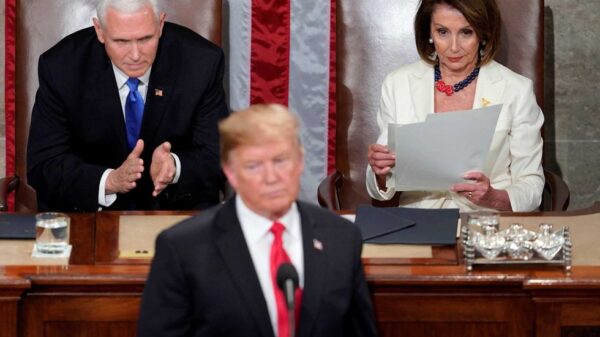Oil markets faced significant pressure as broader market trends shifted towards risk aversion. According to commodity analysts at ING, Ewa Manthey and Warren Patterson, the situation was exacerbated by a bearish inventory report from the American Petroleum Institute (API) that indicated a rise in US crude oil stocks.
The report revealed that US crude oil inventories increased by **6.5 million barrels** over the past week. Additionally, crude stocks in Cushing, Oklahoma, a key trading hub, grew by **400,000 barrels**. While these figures are negative for crude prices, the report showed a more positive trend for refined products, with gasoline and distillate inventories declining by **5.7 million barrels** and **2.5 million barrels**, respectively.
Market Dynamics and Geopolitical Factors
Despite a **0.69%** drop in ICE Brent crude oil prices, the overall performance of oil remained relatively stable compared to other asset classes. Early morning trading on the following day continued to reflect bearish sentiment, influenced by the API’s inventory data.
Further complicating the market dynamics, reports emerged that Ukraine had targeted the Norsi refinery, operated by Russian oil company Lukoil. The Norsi refinery has a capacity of approximately **340,000 barrels per day**. This attack, alongside ongoing sanctions and drone strikes on Russian oil infrastructure, has created upward pressure on the middle distillates market, with the ICE gasoil crack trading around **$30 per barrel**.
The series of events highlights the ongoing tensions in the energy sector, as geopolitical developments continue to impact oil supply and prices. The combination of rising US inventories, reduced refined product stocks, and international conflicts is shaping the current landscape of the oil market.
Trends in Oil Prices
As of the latest trading data, West Texas Intermediate (WTI) crude oil prices were under continued pressure, dropping to around **$60.61 per barrel** from the previous day’s close of **$60.90**. Similarly, Brent crude also experienced declines, trading at approximately **$64.50** after closing at **$64.81**.
The decision by OPEC+ to pause planned output increases has further fueled concerns over oversupply in the market. As a result, analysts are closely monitoring the impact of these developments on crude prices and the broader economy.
In summary, the oil market is currently navigating through a complex intersection of rising inventories, geopolitical conflicts, and fluctuating prices. The next steps taken by major players in the industry could significantly influence both short-term and long-term market trends.








































































